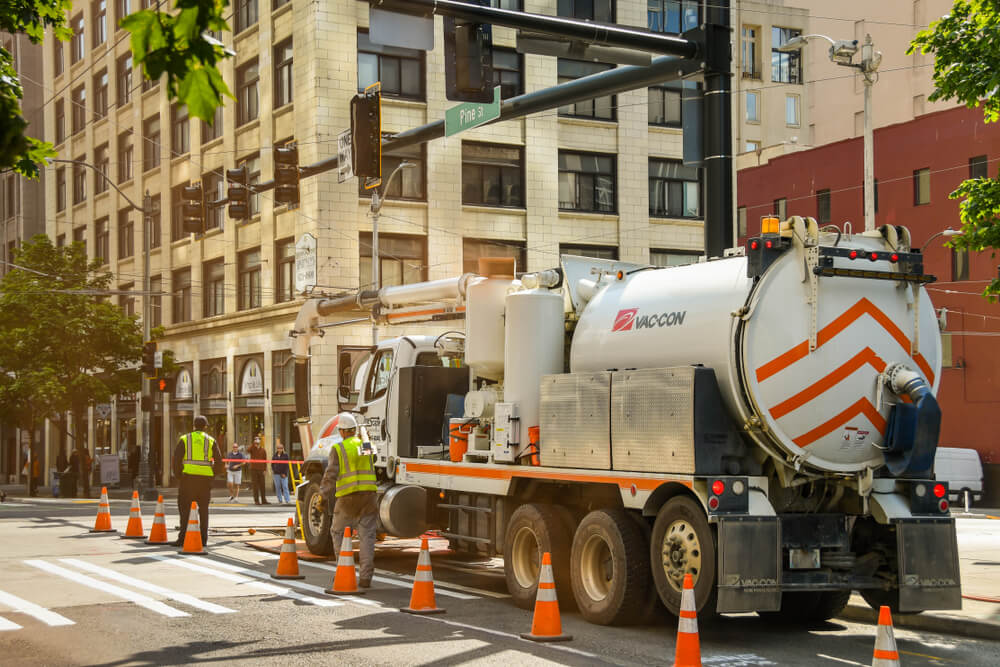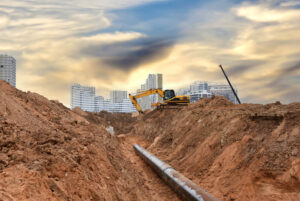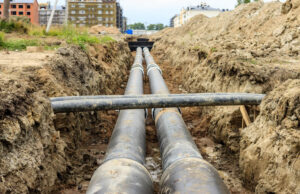Three things you should know about vacuum excavation

Vacuum excavation is a non-destructive digging method.
Vacuum excavation is essentially a method of digging in which soil is broken up and vacuumed out of the ground. The process is much safer and less destructive than more traditional methods of excavation and has gained popularity because of its ability to facilitate safe work environments and reduce the risk of costly damages to underground utilities. Here’s what you should know about vacuum excavation:
1. Vacuum excavation requires special equipment

Vacuum excavation can be performed with the use of a truck or trailer-mounted vacuum machine. The vacuum machine is equipped with a water or air source, which pressurises the source to loosen and break up soil and other debris. The debris is then suctioned out of the ground through a hose. The equipment works efficiently and accurately and minimises the risk of damage to underground infrastructure. This then reduces the risk of damage to property as well as personal injury.
2. Water can be used as a pressure source

When it comes to vacuum excavation, the process can be performed with one of two pressure sources — air or water. When water is used, the process is known as “hydro excavation.” During the hydro excavation process, a stream of water is used to break up the soil and other debris. Air excavation, on the other hand, involves the use of compressed air to break up the soil.
Hydro excavation is often the preferred choice for low-temperature and compact soil conditions. It is a very fast and efficient method of moving ground, and because water acts as a natural lubricant, there is minimal wear and tear on the vacuum machinery.
No matter which source of pressure is used, the debris is removed from the ground through a vacuum and stored in tanks. This debris can then be easily transported away from the digging site or used as backfill at a later stage, depending on the needs of the project.
3. Vacuum excavation can be used for a range of projects

Vacuum excavation is very versatile and has several possible applications. Some of its possible uses include potholing, trenching, remote and/or restricted excavation, and debris removal.
Potholing
Potholing is something that should be done before digging can take place on a construction project to keep workers and underground infrastructure safe. This technique is performed to get visual confirmation of where utilities are located under the ground so that workers can excavate safely around them.
Potholing, also known as daylighting, locating, or subsurface utility engineering, is an excellent means of getting visual confirmation of any underground utilities that exist. The technique provides a considerable amount of information about these utilities, including their exact location, length, and depth.
During the potholing process, a series of small test holes are dug. Through vacuum excavation, verification of any underground objects can be obtained along this series of holes. The stream of water that is used in the hydro vacuum excavation cuts efficiently through the soil, which means that only a minimal amount of material needs to be removed.
Trenching
Many different types of trenching can be used for different projects. Some common types include slot trenching, perimeter trenching, box trenching, and linear trenching. No matter what type of trenching is being performed, it’s imperative that the digging process be done accurately based on the specific dimensions of the project.
Hydro vacuum excavation is often the method of choice when it comes to trenching because it is both safe and precise. It is particularly useful for digging narrow trenches when cables, lines, and other systems need to be installed.
Remote excavation
One of the benefits of vacuum excavation is that it can be performed at remote and/or restricted sites. It is possible to position the trucks and tanks at a distance, if necessary, if the water lance and vacuum hose can access the site. This often makes vacuum excavation a good option for projects with unstable soil conditions or narrow access roads, as well as other obstructions.
If you have a job that is particularly challenging because of the conditions or access to a digging site, you might consider vacuum excavation. The tubes can be extended quite considerably, which often helps to prevent issues like congestion at a site. It also reduces the risks associated with workers having to access dangerous areas.
Debris removal
Vacuum excavation is an excellent choice when it comes to debris removal. It’s possible to remove debris in a way that is fast, efficient, and clean. To do so, the vacuum hose sucks debris directly into a storage tank. The debris can then be transported away from the site or used on the job at a later stage.
In some situations, wood pellets can be used to absorb and stabilise wet debris at a hydro excavation site. By turning the liquid debris into a more cohesive material, it’s often possible to make the removal of debris easier and less messy.
How can we help?
At Provac Victoria, we can provide you with a complete solution for non-destructive digging from start to finish, no matter the size of your project. We offer hydro excavation services in Melbourne and wider Victoria.
If you are interested in finding out more about the best non-destructive digging available in Melbourne, please have a look here. If you need specialist services or wish to hire one of our vac trucks, please give us a call at 1300 734 772 or get in touch with us here. We look forward to assisting you on your next project.
Victoria Division
- Monday - Sunday: 24 Hours
